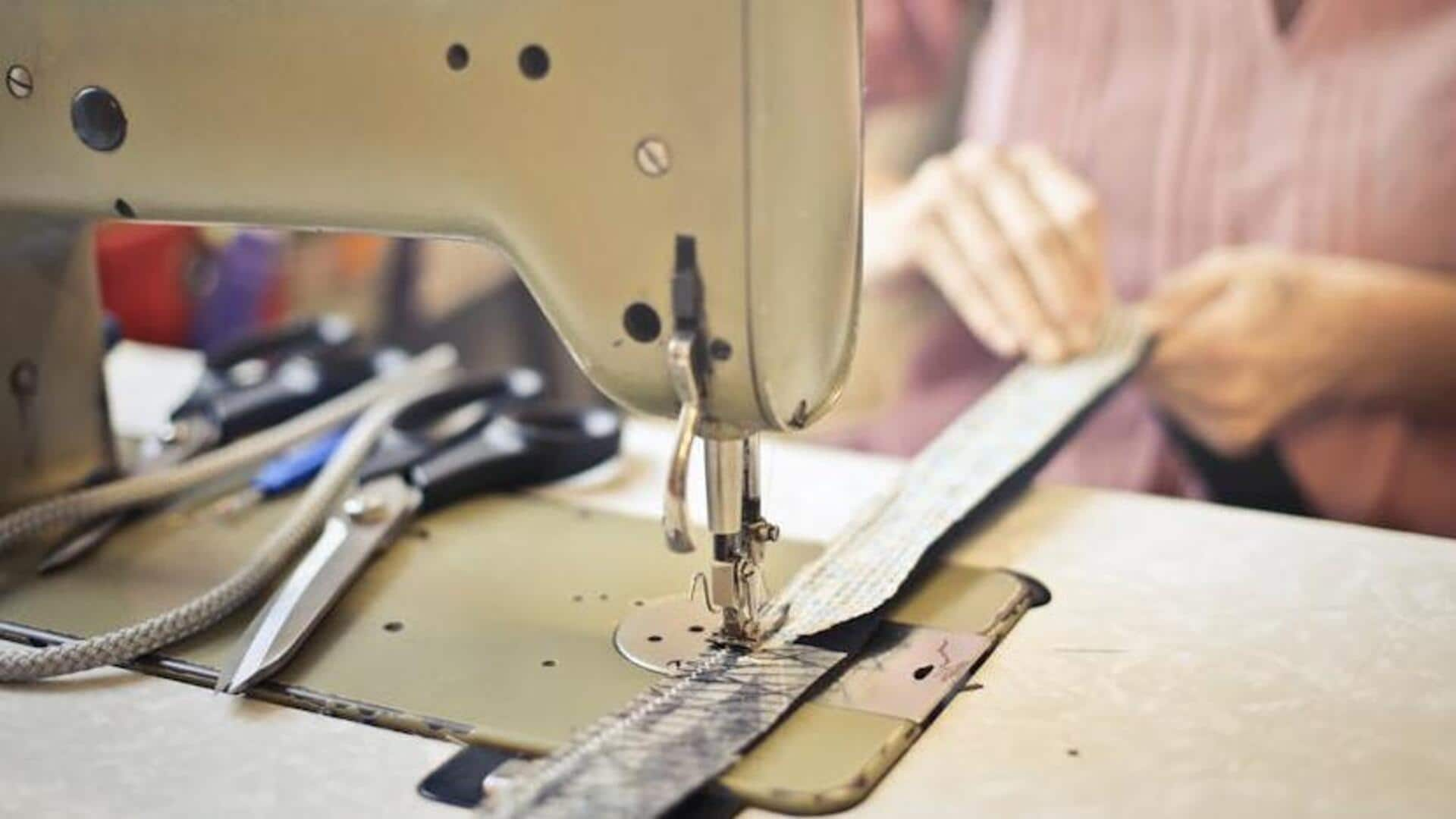
Taking a global perspective on folk embroideries in modern fashion
What's the story
Embroidery, the art of decorating fabric with needle and thread, is a cultural tapestry that weaves together history, tradition, and identity. From the intricate designs of Eastern Europe to the vibrant patterns of South America, each stitch tells a story. This article stitches together a global perspective on folk embroideries that have become chic cultural statements in modern fashion.
Background
Stitched stories from around the globe
Embroidery styles are diverse, with each culture showcasing distinct techniques and motifs. Mexico's Tenango embroidery features vibrant colors and patterns inspired by nature and mythology. India's Zardozi embroidery, on the other hand, uses gold and silver threads for creating luxurious designs once worn by royalty. These traditional techniques serve more than a decorative purpose; they are emblematic of community heritage and identity.
Key concept
Modern threads: Traditional meets trendy
The trend of integrating traditional embroidery into contemporary fashion celebrates cultural heritage while embracing modern style. Designers are skillfully blending age-old patterns with current cuts and materials, creating standout garments. This innovative mix offers a novel perspective on classic embroideries and plays a crucial role in preserving artisanal skills amid the swift pace of today's fashion industry.
Practical advice
Embroidered essentials for your wardrobe
To subtly incorporate embroidery into your attire, begin with folk motif accessories like scarves or bags. When selecting clothes, opt for pieces with delicate embroidered details on collars or cuffs. It's crucial to maintain these items with care; gentle hand washing is recommended to protect the intricate stitching and ensure the longevity of these artisanal embellishments.
Sustainability
Sustainable stitches: Ethical fashion choices
By choosing hand-embroidered items, you advocate for sustainable fashion, prioritizing artisanal craftsmanship and shunning mass-produced garments. Seek out fair trade labels or purchase directly from the artisans when you can. This approach not only fosters ethical consumption but also aids in the preservation of cultural traditions. Your fashion choices become a powerful tool in sustaining these age-old artistic practices.
Cross-cultural
Cross-stitching cultures: Global fashion fusion
Fashion, a language that knows no borders, shares this trait with the art of embroidery. Adorning oneself with embroidered pieces from different cultures can symbolize respect and a sense of global unity. It is essential to recognize and honor the meanings embedded within these patterns, ensuring support for genuine cultural expressions. This approach avoids the pitfalls of cultural appropriation and celebrates authentic craftsmanship.